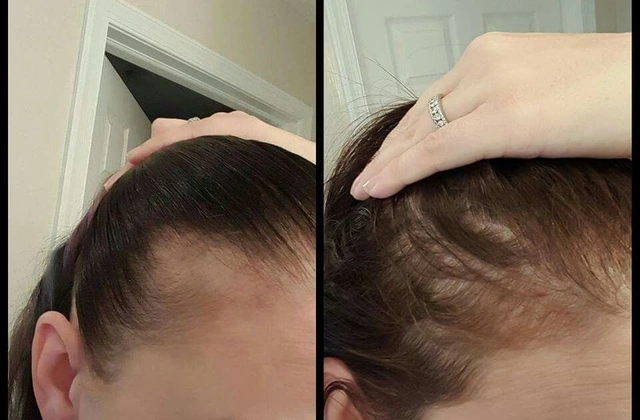Running Underwear Guide: Choose Comfort and Performance
If you’ve ever wondered why some runners glide through a mile while others fuss with chafing, the answer often starts with what’s underneath. The right running underwear can keep you dry, reduce friction, and even support muscles. Below you’ll get the basics on fabrics, fits, and features that actually matter on the road or trail.
Why Fabric Matters More Than Style
Most runners think a cool design is enough, but the fabric decides whether you’ll stay cool or end up drenched. Look for synthetic blends like polyester or nylon; they pull sweat away from the skin and dry fast. Merino wool sounds fancy, but it does a solid job too—natural odor control and decent moisture wicking, plus it stays warm when it’s chilly. Avoid cotton at all costs; it holds water, makes you heavy, and leads to irritation.
Fit and Compression: What’s Right for You?
Running underwear comes in three main fits: loose, standard, and compression. Loose fits feel like regular underwear—great for casual jogs but can bunch up. Standard fits hug the body without squeezing, offering a balance of comfort and support. Compression underwear pins the muscles, improves blood flow, and can reduce soreness after long runs. If you’ve never tried compression, start with a moderate level; too tight feels restrictive, too loose loses the benefit.
Seams are another hidden culprit. Flatlock seams sit flush against the skin and prevent rubbing. Some premium brands even go seam‑less, which is a win for anyone who’s had a hot spot develop mid‑run.
Length matters too. Short‑leg briefs work for hot weather, while longer tights protect the thighs and hips, especially on windy days. Pick the length that matches your climate and personal comfort.
Now, let’s talk about practical features you should scan for before clicking ‘add to cart’:
- Anti‑chafe panels: Silicone or textured zones in high‑friction spots.
- Odor‑control technology: Silver ions or merino fibers that keep smells at bay.
- UV protection: Some fabrics add a UV‑rating—helpful for sunny runs.
- Easy care: Machine‑washable without losing elasticity.
When you try a new pair, do a test run of at least a mile. Pay attention to any hot spots, how the fabric feels after sweat, and whether you notice any bounce‑back after the run ends. If it passes, you’ve likely found a winner.
Finally, budget doesn’t have to break the bank. Many reputable brands offer entry‑level compression tees for under $30 that perform just as well as pricier options. Read user reviews for real‑world feedback—look for comments on durability after dozens of washes.
In short, the best running underwear is one that wicks, fits, and stays out of the way. Pick a synthetic blend, choose the right level of compression, and watch for flat seams. With those basics covered, you’ll feel the difference on every stride, whether you’re training for a 5K or a marathon.
Stop skin chafe with the right fabrics. See the top materials, how they work, when to wear them, and what to avoid. Clear picks, comparisons, and real-world tips.
View Details

